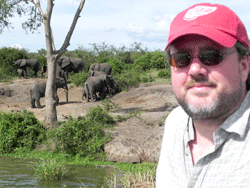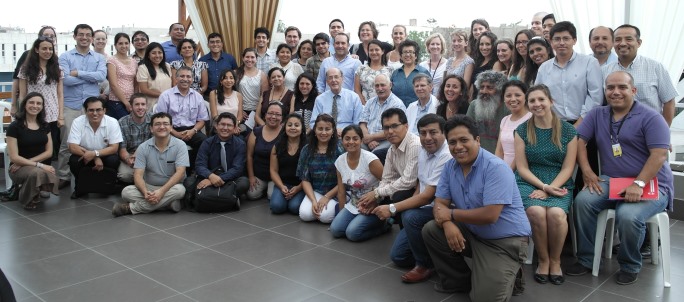Dominic Travis, DVM, MS teaches ecosystem health and zoonotic diseases at the University of Minnesota. He is interested in the interaction between domestic animals, people and wildlife and how that applies to health, food security and conservation.
How many diseases originate in animals?
In the past 10 years or so, there have been a bunch of studies on the subject of zoonotic disease risk in terms of the proportion of human diseases – or emerging diseases – that come from animals. Woolhouse & Gowtage-Sequeria (2005) give the numbers:
Of the 1,407 human pathogen species, 816 (58%) are known to be zoonotic. In comparison, of the 177 emerging or reemerging pathogens, 130 (73%) are known to be zoonotic. This corresponds to an RR of 2.0 and confirms the expectation that zoonotic pathogens are disproportionately likely to be associated with emerging and reemerging infectious diseases.
This includes some of the most important/infamous diseases such as ebola (bats and bushmeat), SARS (bats and bushmeat), TB (many doestic and wildlife hosts), HIV (monkeys and apes) and plague (fleas from rodents) to name a very few.
Where do some of the biggest risks in zoonotic transmission come from and how do you address them?
It boils down to increased/changing human – animal exposures, or interfaces. This has been ongoing since humans settled down and domesticated livestock, and increased throughout the industrial age. The ever-increasing rate of land conversion (eg. agricultural land conversion and natural resource extraction, like logging and mining), especially in the tropics, has resulted in unique new interfaces between humans, domestic animals and livestock, and hence new opportunities for disease transmission. Recently, the need for protein has driven new exposures between wildlife as bushmeat and humans, resulting in things like SARS and larger Ebola outbreaks.
What drew you to your field?
I wanted to first be a marine biologist or a wildlife biologist, but loved the health angle as well. Veterinary medicine provided an opportunity to combine those things. During vet school I spent six months in Southern Africa where I learned about this ‘interface’ issue, which is exacerbated in developing countries, and that led me to epidemiology and public health. The Ecosystem Health program at UMN allows me a place to combine all of the above in a holistic approach!
What keeps you awake at night?
The issues of food and water security and our [lack of] current solutions to them are colliding head on with the sustainability of natural resources. How we reconcile these demands in an overwhelmingly human-centric – or anthropocentric – world is the Gordian knot of our times. Emerging diseases are a by-product or symptom of this dilemma that we are forced to treat.
What are you working on right now?
I’m looking to be involved with issues that provide case studies for the above, where science can be useful to connect with policy. Tropical forests and disease emergence (including protein acquisition and bushmeat), honey bee health and sustainability, mining and the environment, and the health and welfare risks associated with wildlife trade are all on my plate at the moment.
What’s your favorite animal?
James Herriot (author of All Creatures Great and Small – required reading for pre vets) would tell me that I should say ‘all’ because they are all important. However, I’m particular to the snow leopard and the Okapi (‘forest giraffe’ found only in one part of the Congo forest).
Woolhouse, M.E.J., & Gowtage-Sequeria, S. (2005). Host range and emerging and reemerging pathogens. Emerging Infectious Diseases 11(12), accessed from http://wwwnc.cdc.gov/eid/article/11/12/05-0997_article
This article was originally published in the NPGH Fogarty Fellows Jan-Mar Newsletter



